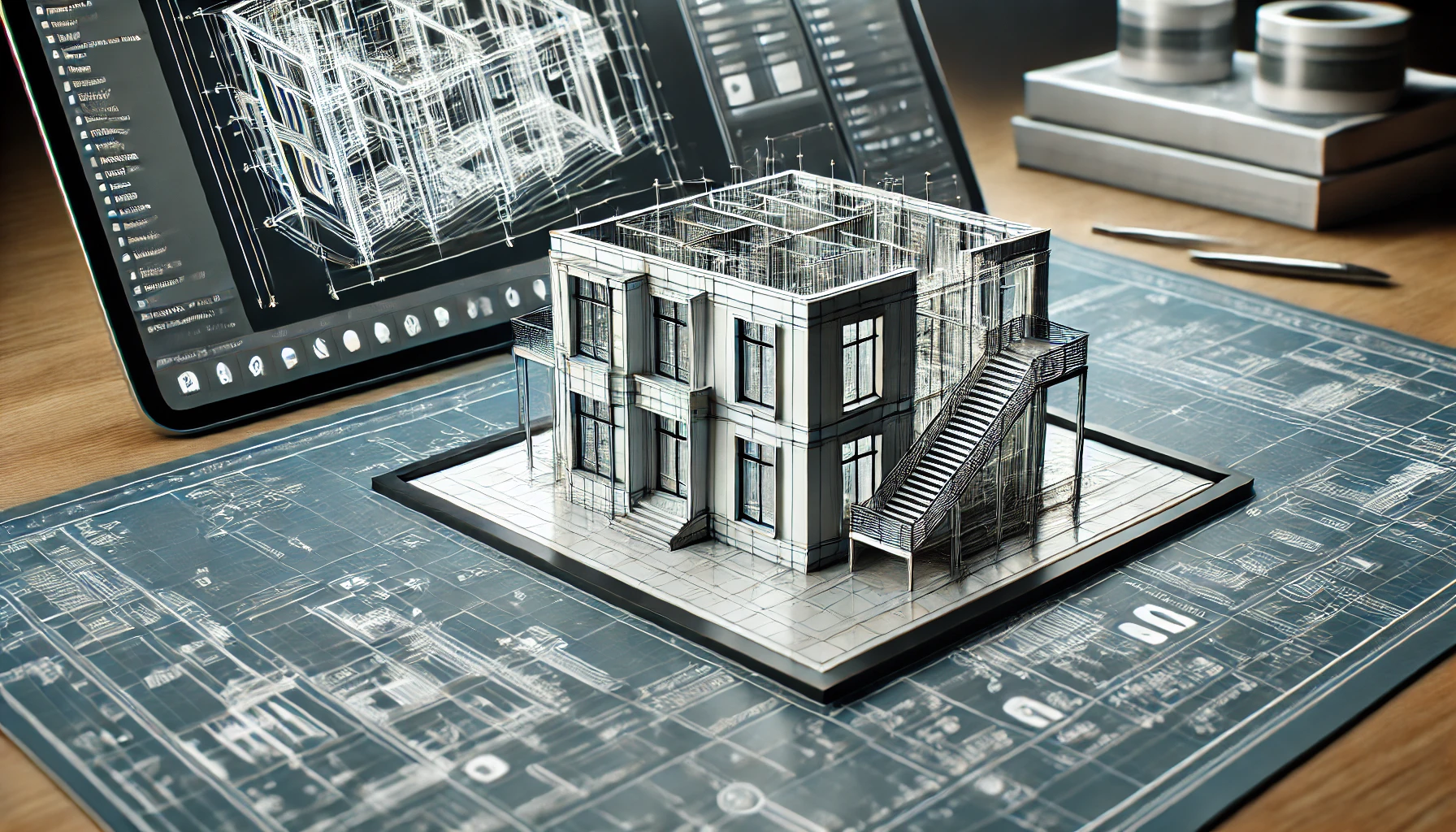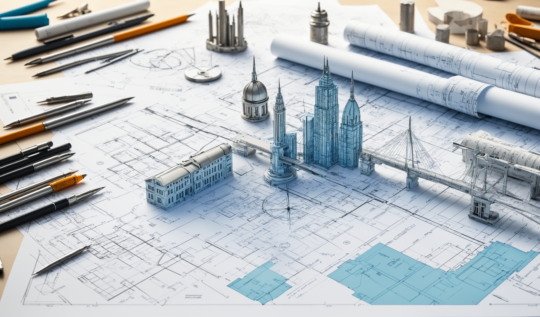Top Trends in BIM Software for Architecture in 2024
The architectural industry is experiencing a technological revolution, and Building Information Modeling (BIM) software is at the forefront of this transformation. As we step into 2024, several new trends and innovations in BIM software are set to reshape the way architects and construction professionals approach their projects. In this blog post, we will explore the top trends in BIM software that you should keep an eye on.
1. Enhanced Collaboration and Integration
Collaboration is key in any architectural project, and recent trends in BIM software emphasize seamless integration across various platforms and disciplines. Tools like Autodesk’s BIM 360 and Graphisoft’s BIMcloud are improving the way teams work together, offering real-time updates and cloud-based project management. These platforms ensure that everyone, from architects to contractors, is on the same page, significantly reducing errors and miscommunication.
2. AI and Machine Learning Capabilities
Artificial Intelligence (AI) and Machine Learning (ML) are making their mark in BIM software. These technologies are being used to predict project outcomes, optimize designs, and automate routine tasks. For example, some BIM tools now offer clash detection powered by AI, which identifies potential issues before they become costly problems on the construction site. This trend not only enhances efficiency but also significantly reduces project risks.

3. VR and AR Integration
Virtual Reality (VR) and Augmented Reality (AR) are becoming increasingly integrated into BIM workflows. Tools like Enscape and Twinmotion are offering immersive experiences, allowing architects and clients to virtually walk through a project before it is built. This trend not only aids in visualization but also enhances client communication and satisfaction, making it easier to make design decisions.
4. Increased Usage of 3D Printing
3D printing is revolutionizing the way architectural models are created. The integration of 3D printing with BIM software allows for the creation of precise and intricate models directly from digital designs. This trend is particularly beneficial for complex geometries and custom components, offering a tangible way to view and present design concepts.
5. Mobile Access and Field Applications
With the rise of mobile technology, BIM software is becoming increasingly accessible on smartphones and tablets. Apps like BIM 360 Docs and PlanGrid are bringing BIM to the field, allowing for on-site data access and real-time updates. This mobility enhances site management, enabling quick adjustments and instant communication with the design team.

6. Enhanced Data Analytics and Reporting
Data plays a crucial role in making informed decisions, and BIM software is evolving to offer advanced data analytics and reporting capabilities. These tools provide insights into efficiency, resource management, and project performance, enabling architects to make data-driven decisions that enhance project outcomes.
7. Sustainable Design and Energy Analysis
Sustainability is a critical aspect of modern architecture, and BIM software is rising to the challenge. Tools like Revit and ArchiCAD now include features for energy analysis and sustainable design, helping architects create eco-friendly and energy-efficient buildings. These features not only comply with environmental regulations but also appeal to clients who prioritize sustainability.
In conclusion, the advancements in BIM software are offering unprecedented opportunities for architects to innovate and excel in their projects. By staying informed about these trends, you can leverage the latest tools and technologies to enhance your designs, streamline workflows, and deliver outstanding results.
For more insights on the latest architectural software trends, check out our other blog posts such as Harnessing the Power of VR in Architectural Visualization and Leveraging VR in Architectural Design: Elevating Client Presentations and Decisions.
Want to Discuss Your Next Project?
If you’re ready to elevate your architectural projects with cutting-edge BIM software, contact us fill out the form below, and let’s start a conversation about bringing your vision to life.





